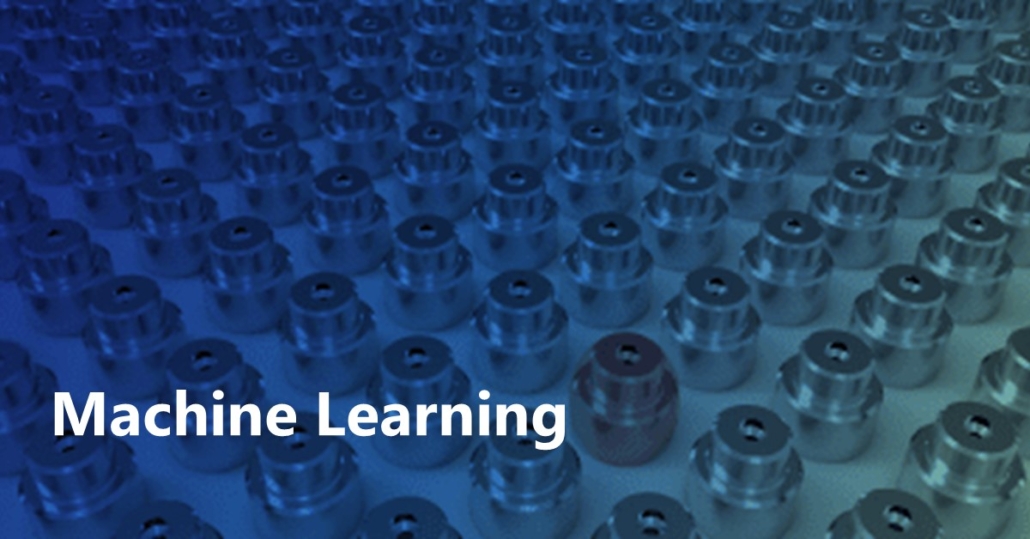A major challenge in near-term quantum computing is its application to large real-world datasets due to scarce quantum hardware resources. One approach to enabling tractable quantum models for such datasets involves compressing the original data to manageable dimensions while still representing essential information for downstream analysis. In classical machine learning, variational autoencoders (VAEs) facilitate efficient data compression, representation learning for subsequent tasks, and novel data generation. However, no model has been proposed that exactly captures all of these features for direct application to quantum data on quantum computers. Some existing quantum models for data compression lack regularization of latent representations, thus preventing direct use for generation and control of generalization. Others are hybrid models with only some internal quantum components, impeding direct training on quantum data. To bridge this gap, we present a fully quantum framework, ?-QVAE, which encompasses all the capabilities of classical VAEs and can be directly applied for both classical and quantum data compression. Our model utilizes regularized mixed states to attain optimal latent representations. It accommodates various divergences for reconstruction and regularization. Furthermore, by accommodating mixed states at every stage, it can utilize the full-data density matrix and allow for a global training objective. Doing so, in turn, makes efficient optimization possible and has potential implications for private and federated learning. In addition to exploring the theoretical properties of ?-QVAE, we demonstrate its performance on representative genomics and synthetic data. Our results consistently indicate that ?-QVAE exhibits similar or better performance compared to matched classical models.

 Read the latest publications from our world-class team of researchers from our
Read the latest publications from our world-class team of researchers from our 